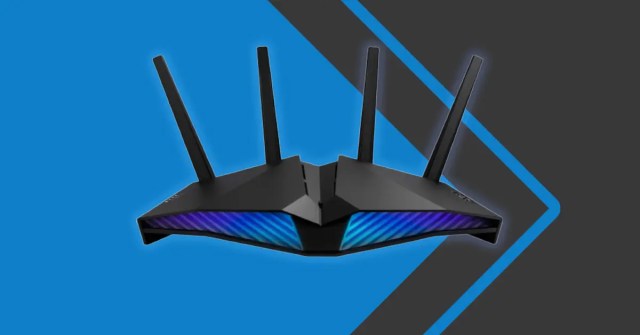
All You Need To Know About EV Battery Swapping
One of the challenges of using an electric vehicle is the time taken to charge the battery. For drivers switching from petrol or diesel cars, one of the first differences they would notice is the time taken to ‘refuel’; instead of the few minutes spent at the pumps in a fuel station, the electric vehicle may require up to an hour or more to charge to full at a public rapid charger.
While battery makers intensify research on how to cut down electric vehicle charging times, another approach is battery swapping.
How does battery swapping work? What are the challenges? What is the future of battery swapping? Read on to learn about the concept of electric battery charging.
What is battery swapping?
As implied by its name, battery swapping involves substituting the battery in a car with another one. The idea is to remove the spent battery in a car and replace it with a fully charged one. The spent battery is then charged to full so that it can be used to replace another battery.
While the concept is simple, the implementation may not be. This brings us to how the process of battery swapping works.
How does battery swapping work?
The car is usually driven into a special purpose station, where a robot goes under the car to locate the battery, extract it and then take it to a backend where it puts the spent battery in charging position, pick up a fresh one and return under the car to fix it. The driver is then ready to drive off.
Benefits of battery swapping
The foremost benefit is time-saving. The battery swapping process could take less than 10 minutes as it is done by robots. This is a swift way of gaining a 100 percent charge, certainly more attractive than hanging around for more than an hour at a public charging station.
Battery swapping fits into scenarios where a quick charging time is critical. For example, taxi fleet operators by the nature of their business appreciate how precious time is and will rather not have a car being idle for an hour to charge. A battery swapping system will help them get their taxis back on the road quickly with a full battery.
Electric truck fleet managers will also prefer to charge their vehicles this way. These heavy-duty trucks require large batteries which take a long to charge to a full. This is not ideal for long-haul operations as the charging breaks will eat into strict delivery schedules. However, with battery swapping stations strategically located on highways, delays will be reduced to a minimum.
Even for private electric vehicle owners, battery swapping could be handy. City apartment dwellers with no access to home charging will be glad to drive into a swapping station and leave minutes later with a fully charged battery. Long-distance travelers will also be able to resume their journey after a ‘charging’ break.
As elegant as the idea of battery swapping sounds though, it has its own challenges.
Challenges of battery swapping
One of the challenges of battery swapping is the swapping mechanism itself. Electric vehicle batteries are very heavy, weighing more than 500 kg sometimes, which makes them difficult to handle. To address this hurdle, some startups go for modular batteries. However, this would require the cooperation of vehicle manufacturers who will have to use the same battery structure and standards.
Persuading the many EV makers to use the same standard is the hardest part of the equation. Volkswagen for example has multibillion-dollar contracts with battery makers to supply its batteries, making it nearly impossible that it would embrace a modular standard. To get around this, battery swapping operators retrofit existing models with their own battery module. This however may void the manufacturing warranties of the car.

Another obstacle to the adoption of battery swapping is the attitude of drivers to swapping their batteries. Some drivers may be reluctant to accept a battery that may have degraded or in other ways be defective. However, NIO, a Chinese carmaker who also offers battery swapping, lets people buy cars and then pay rent for the battery in what it calls “Battery as a Service”, essentially meaning the driver doesn’t own the battery and will be more open to swapping it.
This is not to say battery swapping can not be a flourishing business. NIO, mentioned earlier, claims to have carried out more than 2 million battery exchanges at its Power Swap stations in China. It plans to operate 700 such stations by the end of the year and 4,000 globally by 2025.
Ample is another startup that is working on offering battery swapping services. Based in California, the startup is working with five automakers, which it is not naming, to build vehicles with battery modules that are compatible with its swapping stations. Ample has been able to cut down the time taken for a swap to 15 minutes, although the goal is to bring it under 10 minutes.
The future of battery swapping
Not surprisingly, the biggest threat to battery swapping as a service is the advancements in battery tech. As the charging times for batteries reduce due to breakthroughs in battery design, the allure of swapping batteries will fade. For example, another Chinese carmaker GAC has announced its new electric SUV, the Aion V 6C that has a graphene anode battery with a 1000 km range and 0 to 80 percent charging time of eight minutes, even less than it takes Ample to swap a battery. Similarly, American Lucid Motors has the Lucid Air that will get 300 miles of range within 20 minutes.
However, battery swapping is much more than a very exciting stop-gap measure to get a full charge quickly.







